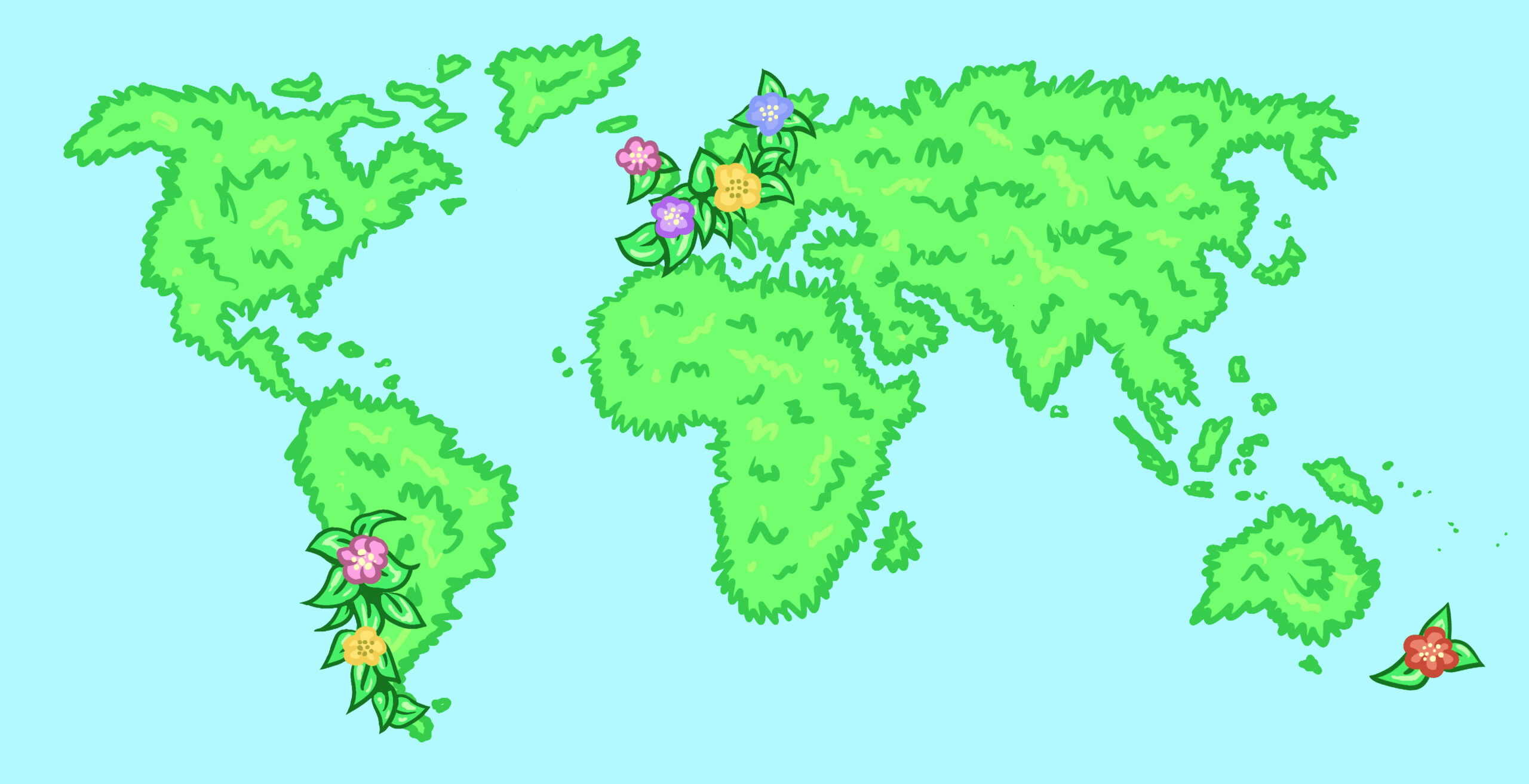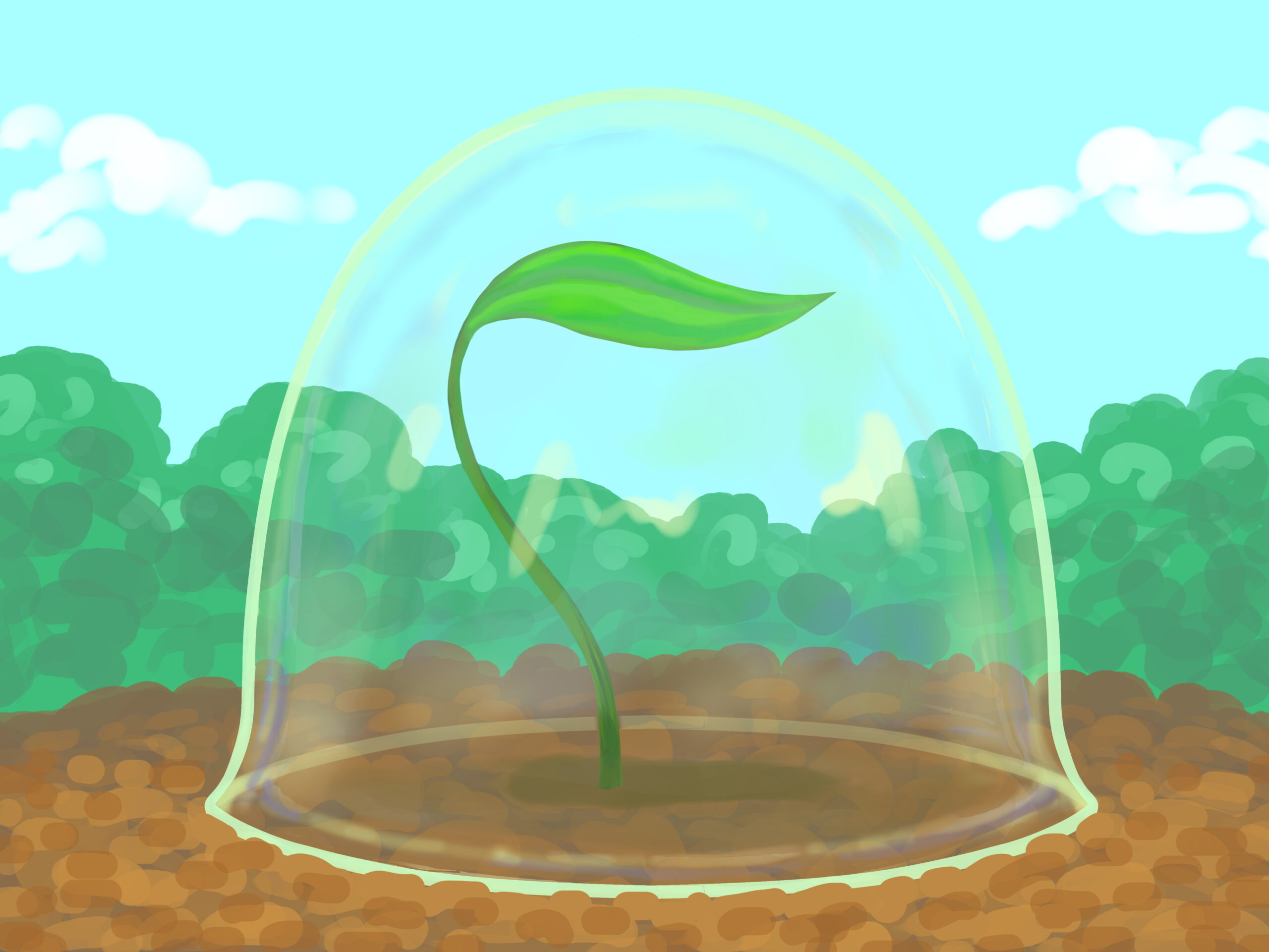Seeing Aurora Borealis will ignite anyone´s passion for sustainable development.
I saw the northern lights for the first time in my life this Friday. In the place where I am currently living, Southern Finland, the phenomenon is not very common, and so we spent a good 30 minutes outside gazing at the slowly dancing drapes of soft light. The hues were melting into one another — whispers of green subtly turning brighter and weaker — short glimpses of violet, yellow, blue, and red. Every once in a while, the tranquil dance of the lights was accompanied by wispy clouds.
Standing there, freezing my head because I had forgotten to put on a hat, I was once again awestruck about how absolutely, devastatingly beautiful this planet of ours is. And like many times before, with that thought, came a burning zeal to protect its beauty from all the devastation it has had to face because of us humans. How can we continuously hurt something that we hold so dear?
My generation´s nature experience is different from all the previous generations in one important aspect: there is no escaping the worry that comes with witnessing northern lights, or any other manifestation of the Earth´s beauty. It does not matter whether it is the smallest octopus squirting ink and turning from normal to red and back in the shallow, clear water of the red sea, or a breathtaking sunset in Finland in August. I have had the fortune of seeing both and feeling the scale of feelings that comes with those moments.
First, there is joy that comes with being there to see something so wonderful. Then, there is sorrow, ignited by the fear that I might just be among the last people to see it like it was before we had destroyed everything.
I do not claim to know much, but I do know this: those feelings of sorrow are not to be embraced. My generation may not have the privilege of simply enjoying Earth´s beauty and taking advantage of its resources like many generations before it had. But it does have the passion to save it. In fact, I would be so bold as to say keeping the Earth habitable for humans is a mission that will bring all people from the youngest generations together.
In this blog series, I will be diving deeper into the work of an organization that is striving to do its own part in this mutual project. I first got introduced to the work of Avoin at the end of 2019, when I was asked to do copywriting for an ongoing project of theirs, Avoin Map. Utilizing open-source software, Avoin Map aims to display environmental data in a way that supports the sustainable planning of human activities such as agriculture and forestry. The project revealed to me the hidden world of environmental monitoring for sustainable development. I got to know other people who cared like me, and what is more, I got to see how much has already been done for the protection of our habitats. I was hooked.
Since then, I have had the chance to see and participate in many other projects at Avoin. I have noticed that work for sustainable development involving digital tools is much more complex and requires much more patience and organization than one might imagine. It is quite the opposite of shortsightedness that often prevails in regular business. I have also come to realize how important this kind of work is. Without organized digital data, there is little global access to environmental knowledge. And without knowledge, there is no informed decision-making. Using theatre terminology — fittingly so, given my first profession as a dancer —, work like this happens in the coulisses of the main stage of sustainable development. But without it, there is no show.

Written by Tuula Cox. This text is the first post in a blog series by Avoin. The blog series discusses environmental protection and sustainable development from the digital point of view.
This blog post was first published via Medium.



